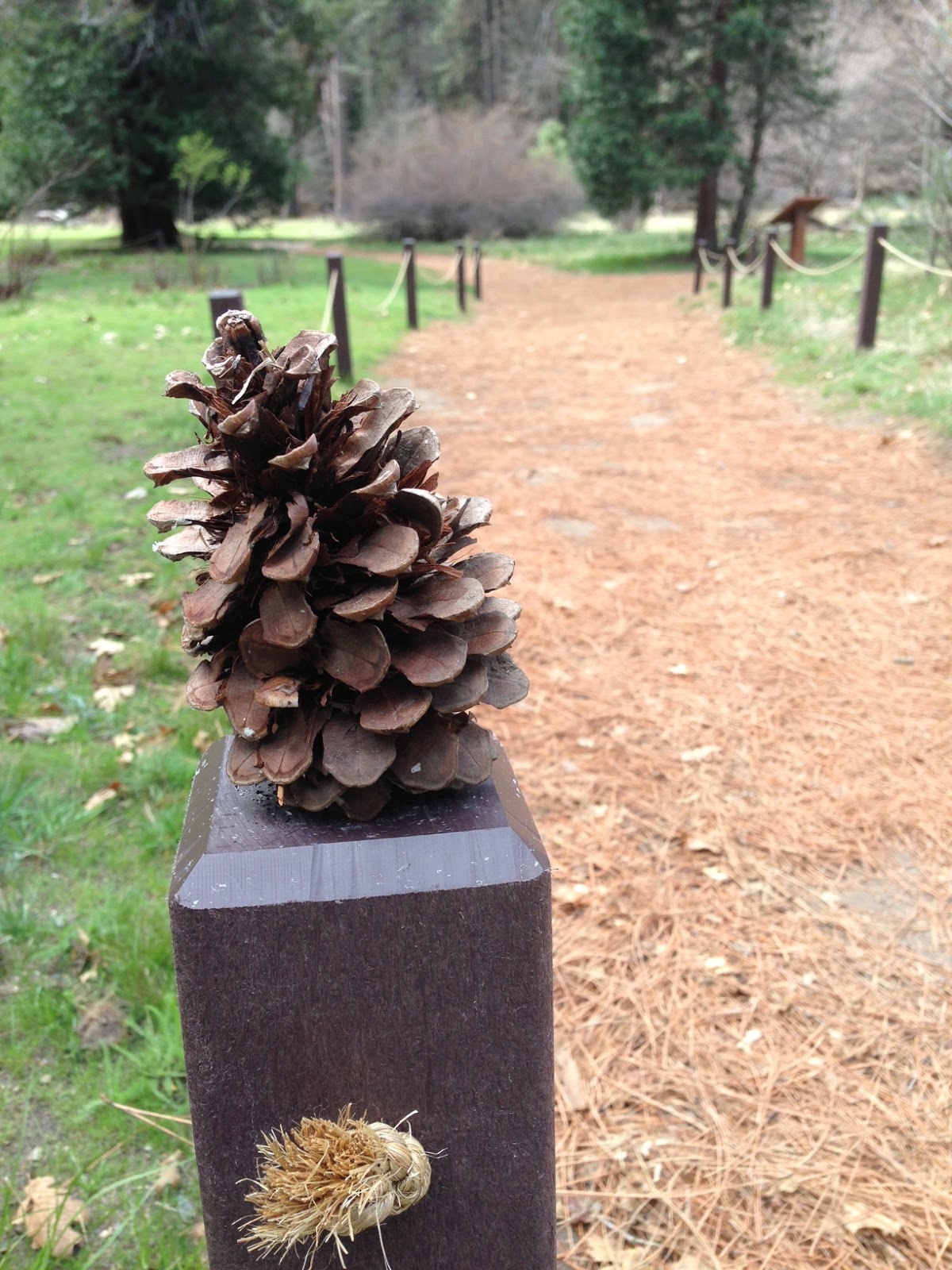Instead of a jump right out of bed in the morning, give yourself an extra five minutes.
Set your alarm or ask Siri to remind you when the time has expired.
Lie in bed for the five minutes in silence.
Set your alarm or ask Siri to remind you when the time has expired.
Lie in bed for the five minutes in silence.
Keep your eyes closed and let favorite colors float in.
Listen to your breathing as the only sound. Begin with breathing in four and out five breaths through the nose.
Listen to your breathing as the only sound. Begin with breathing in four and out five breaths through the nose.

Imagine unfolding like a bud to greet the sun. Take in a favorite scent.
Remind yourself of what creates the most fun in your life or the greatest success. Then think about all that you will accomplish today.
Focus on a joy or passion. Pick a dream or goal. Let them energize you.
Feel one Gratitude.
Feel one Gratitude.
Applaud yourself when you have achieved the five minutes of bliss.
Feel the joy if you went over the time limit.
Feel the joy if you went over the time limit.

















































